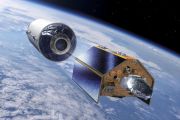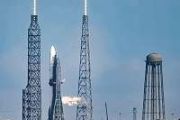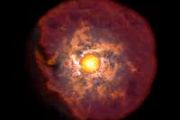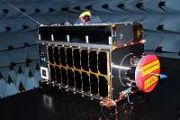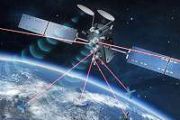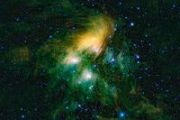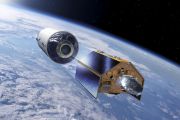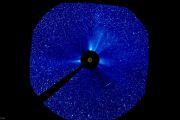
Copernical Team
COSPAR new program seeks to build SmallSat capacity in Developing Countries
 The Committee on Space Research (COSPAR) is pleased to announce the launch of a new Capacity Building program through collaboration in the field of small satellites (Small Sats). Institutes and universities in developing countries which are interested in developing small satellites by setting up or expanding a local laboratory are invited to join the project.
The program is expected to inc
The Committee on Space Research (COSPAR) is pleased to announce the launch of a new Capacity Building program through collaboration in the field of small satellites (Small Sats). Institutes and universities in developing countries which are interested in developing small satellites by setting up or expanding a local laboratory are invited to join the project.
The program is expected to inc Sols 3948-3949: A Rocky Road, or Two!
 Earth planning date: Wednesday, September 13, 2023: Our view out of the window, in this case the front hazard camera, is spectacular today, as you can see above. Regular readers of the mission updates will know that this rocky road has caused us problems in our driving lately, but today it all went smoothly. We are planning another 30 metre drive in today's plan, so let's hope Mars will read the
Earth planning date: Wednesday, September 13, 2023: Our view out of the window, in this case the front hazard camera, is spectacular today, as you can see above. Regular readers of the mission updates will know that this rocky road has caused us problems in our driving lately, but today it all went smoothly. We are planning another 30 metre drive in today's plan, so let's hope Mars will read the GMV tests robot for assembly and maintenance of structures in Earth orbit
 Multinational technology company GMV has successfully concluded ground validation tests for a space robot designed to assemble structures in Earth's orbit as part of the European Space Agency's (ESA) MIRROR project (Multi-arm Installation Robot for Readying ORUS and Reflectors). These tests were conducted at GMV's facilities in Tres Cantos, Madrid, in the Platform-art robotic laboratory, where c
Multinational technology company GMV has successfully concluded ground validation tests for a space robot designed to assemble structures in Earth's orbit as part of the European Space Agency's (ESA) MIRROR project (Multi-arm Installation Robot for Readying ORUS and Reflectors). These tests were conducted at GMV's facilities in Tres Cantos, Madrid, in the Platform-art robotic laboratory, where c DISA and US Space Force award Iridium PLEO satellite-based services contract
 Iridium Communications Inc. (NASDAQ: IRDM) has been awarded a five-year base Indefinite Delivery, Indefinite Quantity (IDIQ) contract with one five-year option by the U.S. Space Force for Iridium Certus services. The multiple awardee contract is part of a U.S. Proliferated Low Earth Orbit (PLEO) Satellite-Based Services award and includes multiple Iridium partners.
Unique in the satellite
Iridium Communications Inc. (NASDAQ: IRDM) has been awarded a five-year base Indefinite Delivery, Indefinite Quantity (IDIQ) contract with one five-year option by the U.S. Space Force for Iridium Certus services. The multiple awardee contract is part of a U.S. Proliferated Low Earth Orbit (PLEO) Satellite-Based Services award and includes multiple Iridium partners.
Unique in the satellite Webb confirms accuracy of Universe's expansion rate as measured by Hubble
 The rate at which the universe is expanding, known as the Hubble constant, is one of the fundamental parameters for understanding the evolution and ultimate fate of the cosmos. However, a persistent difference called the "Hubble Tension" is seen between the value of the constant measured with a wide range of independent distance indicators and its value predicted from the big bang afterglow.
The rate at which the universe is expanding, known as the Hubble constant, is one of the fundamental parameters for understanding the evolution and ultimate fate of the cosmos. However, a persistent difference called the "Hubble Tension" is seen between the value of the constant measured with a wide range of independent distance indicators and its value predicted from the big bang afterglow. Matter comprises of 31% of the total amount of matter and energy in the universe
 "Cosmologists believe that only about 20% of the total matter is made of regular or 'baryonic' matter, which includes stars, galaxies, atoms, and life," explains first author Dr. Mohamed Abdullah, a researcher at the National Research Institute of Astronomy and Geophysics-Egypt, Chiba University, Japan. "About 80% is made of dark matter, whose mysterious nature is not yet known but may consist o
"Cosmologists believe that only about 20% of the total matter is made of regular or 'baryonic' matter, which includes stars, galaxies, atoms, and life," explains first author Dr. Mohamed Abdullah, a researcher at the National Research Institute of Astronomy and Geophysics-Egypt, Chiba University, Japan. "About 80% is made of dark matter, whose mysterious nature is not yet known but may consist o Rocket Lab signs deal with Leidos to launch 4 HASTE missions
 Rocket Lab USA, Inc. (Nasdaq: RKLB) has signed a contract with Leidos to launch four HASTE (Hypersonic Accelerator Suborbital Test Electron) missions.
The missions, scheduled across 2024 and 2025, will lift off from Rocket Lab Launch Complex 2 at Virginia's Mid-Atlantic Regional Spaceport within NASA's Wallops Flight Facility. Rocket Lab was selected by Leidos to provide hypersonic test la
Rocket Lab USA, Inc. (Nasdaq: RKLB) has signed a contract with Leidos to launch four HASTE (Hypersonic Accelerator Suborbital Test Electron) missions.
The missions, scheduled across 2024 and 2025, will lift off from Rocket Lab Launch Complex 2 at Virginia's Mid-Atlantic Regional Spaceport within NASA's Wallops Flight Facility. Rocket Lab was selected by Leidos to provide hypersonic test la Earth from Space: Blooms in the Gulf of Finland
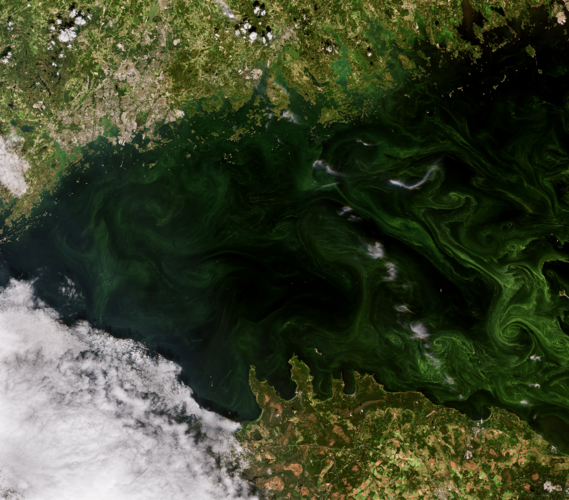 Image:
This Copernicus Sentinel-2 image features swirls of vivid, emerald green algal blooms in the Gulf of Finland.
Image:
This Copernicus Sentinel-2 image features swirls of vivid, emerald green algal blooms in the Gulf of Finland. Technology to boost high-speed satellite connectivity

British electronics specialist Filtronic is developing advanced technology that will enable next-generation satellite constellations to deliver high-speed broadband internet coverage.
Fitness tracker beyond Earth
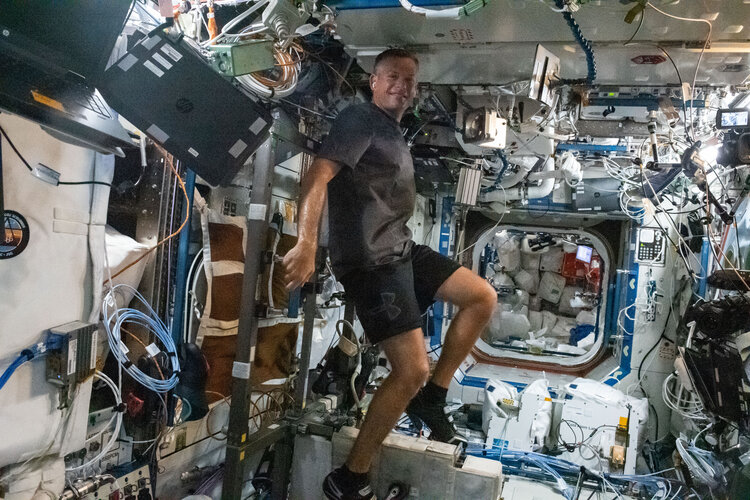
One of the experiments during ESA astronaut Andreas Mogensen’s mission will track his health and body vital signs during his daily exercise in space.


